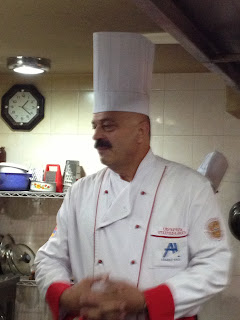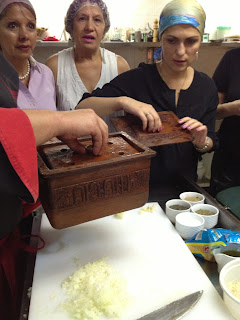 |
| Bill as Author |
Most difficult are the memories of the weeks before he died, the days before he died, when we talked by phone and he could hardly breathe enough to talk. I know he died with a peaceful heart, which is some comfort to those left behind. He'd done his wrestling with demons and emerged healed.
Two years on I am still "talking" to him. You can be reassured I do not hear him replying to me. But there are just some times when he is the person I want to share something with. And usually it is something funny or would be funny if he were there to make a wry observation, a witty aside.
 |
| The Comp Lit major at Wisconsin. Dylanesque. |
He had an eye for style and detail unusual in a boy who would rather be playing baseball than practicing his piano lesson (ironically, with perfect pitch despite deafness in one ear from the mumps). A lady we then thought of as old always wore one of those plastic rain bonnets over her hair, which no doubt had been tightly permed at Doris's House of Beauty two blocks down Second Street. Whenever Bill saw our own mom with something similar, he would call her "Mrs. Vick."
He had names for everyone--not always flattering. Joey's big sister was "Fatso Fogarty." There was Eddie-Suck-on-a-Beer, the father of a cute girl he had a crush on. And Mr. Wizard, the slightly squirrely father of my own high school boyfriend. He was always on the lookout for Fenton Hardy, father of the famous Hardy Boys who inspired his daily adventures with our cousin Tommy. There was "King of the Safetys," the teacher who was in charge of the boys who acted as street crossing safety guards (girls could only be hall monitors in those days).
 |
| The Reinka Kids at 2, 5, & 8. |
 |
| On the Oregon Coast with Trixie |
Bill's life was such a gift to me. I am filled with gratitude and smiling at the memories. Peace, Bill, wherever you are.



















































